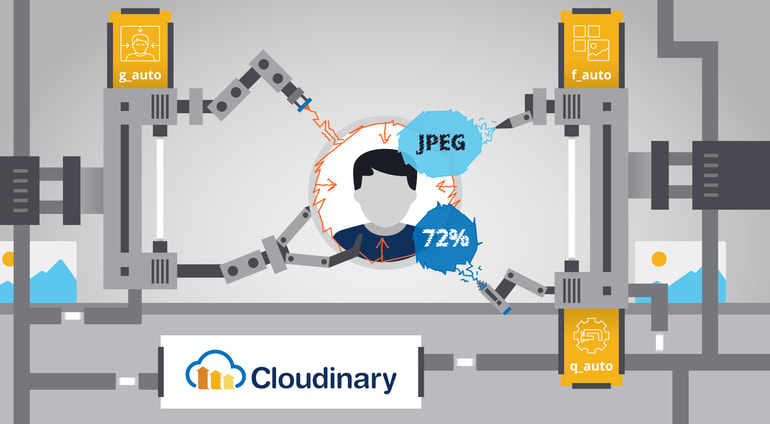
Everyone wants a great website. Few know what it takes.
Building engaging websites and apps are often primary goals for developers and marketers. The key to increasing your site’s performance is making your content relevant and engaging, and your website fast and fun to use.
However, with serving dynamic content comes a challenge—speed. Many see their site slow down as they add more features and functionality. Fonts, JavaScript, CSS, and HTML are significant factors, but images and videos contribute the most to bloating, accounting for 75% of page content.
Recently, resident image optimization expert and Senior Solutions Engineer here at Cloudinary, Simon Tetelbaum, presented at our How to Optimize for Page Load Speed webinar, where he discussed how best to optimize the images and videos on your site to enhance performance.
Challenges discussed were:
- Measuring content to build and maintain a cutting-edge site
- Adapting media for responsive delivery across different devices
- Handling multiple image types across various browsers
When it comes to speed, you need to be able to measure the content on your site and find out how it affects your page load time. Simon recommended a few leading-edge tools you can start using today. The best part? They’re all free.
- Speed Curve: monitors the front-end performance and build of your site to show the most impactful areas. Compares your site to others and shows areas of improvement.
- Webpagetest.org: run a website speed test and break down how your site content is loading. Includes detailed optimization recommendations.
- Google Lighthouse: an open-source, automated tool for improving the quality of your web pages.
Adapting media for responsive delivery across different devices is another challenge Simon discussed. For instance, automatically delivering a reduced image size to a user on mobile versus a user viewing from a laptop can drastically improve the mobile user experience. One, if not the most, effective approach is to use SrcSets. SrcSets allow you to leverage multiple images and size attributes to help the browser determine which image(s) to request.
Services like Cloudinary help make this process easier. Cloudinary uses advanced techniques to automate optimization and responsive imagery.
- f_auto: automatically converts delivered images to WebP and JPEG-XR on supported browsers to save bandwidth and optimize delivery time.
- q_auto: automatically calculates the optimal quality for images. In other words, it finds the smallest possible file size that won’t affect perceptual quality.
- g_auto: automatically decides which part of the image to keep and which to crop or remove.
- w_auto: deliver the largest or highest-resolution images only to those users whose device resolution or browser size requires it.
- dpr_auto: the ratio between physical pixels and logical pixels. Use the dpr parameter to set the DPR value of the delivered image.
See it in action!
To Sum It All Up
Many factors influence your site performance. Format, compression, and automatic responsiveness are what will most meaningfully impact your page speed.
So, how’s your site stacking up? Are you delivering content to your potential customers in optimal formats? If not sign up free with Cloudinary today. You’ll find out what optimized performance can do for your website—and your business.